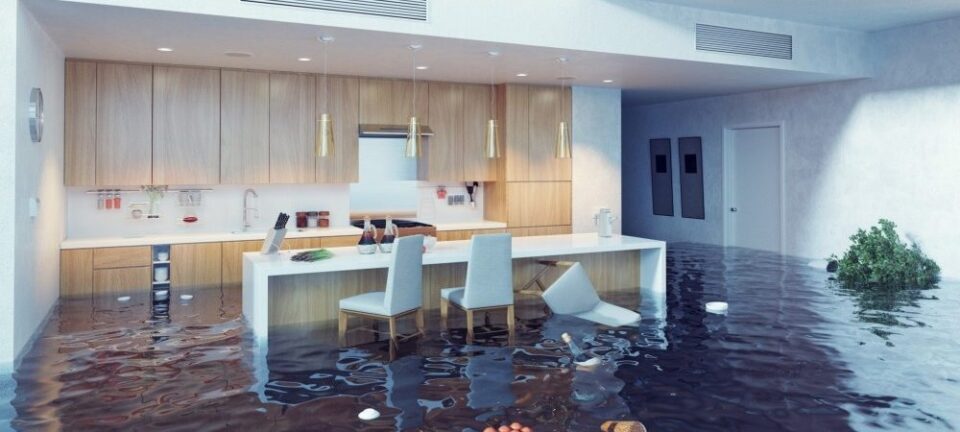Any damage to your home can cause headaches and no one is ever really prepared to deal with it. It is hard to offer comfort with words, but accidents happen all the time and sometimes it’s nobody’s fault. The best course of action is to move on and see what you can do to make the situation better.
Water can cause a various amount of damage to your home, and Risk Free Serv offered some valuable advice on what steps to take when water ruins your home. First and foremost, don’t panic, there are professionals who can take care of everything, but to make that job easier for them here’s what you can do:
Type Of Water Inside Your Home
Before you start anything it is important to determine what kind of water has caused trouble. There are three types of water that we are going to talk about. First, the regular clean water we use every day from leaky pipes or rainwater. The clean water shouldn’t normally be contaminated and is pretty safe to deal with.
Gray water comes from the toilet or washing machine and it has been ‘’ made bad’’ for human use and it is considered contaminated. It is safe to clean your home as long as you use protection or some sort of safety equipment like boots or gloves. Blackwater comes from the sewers or floods and is considered dangerous. It is contaminated and it is recommended to contact professionals who have the right tools and knowledge to deal with it.
Mold
Water damage requires a quick response to prevent the growth of mold or mildew which thrive in humid places. If you just leave the premice to stay like that for a few days you might expect mold to grow which is not ideal since it can be harmful to your health. Not to mention it damages materials it grows on and the best way to deal with it when it’s still small is to cut out all the infected areas of your furniture or walls and throw it all away.
If there’s too much mold inside your home then you shouldn’t risk removing it yourself but instead, close all doors and windows to prevent airflow and contact professionals who will thoroughly inspect your home and all the hidden areas where mold can grow and take all necessary measures.
Dry It Out
The next step after the source of the damage has been discovered and shut, it is time to start drying out the place. Smaller leaks are easier to fix, of course, but it is important to do a good job here because if you leave some moisture behind then you might expect mold to grow. You can use fans, natural air circulation or you can rent a dehumidifier to help you dry out floors, furniture, and a range of different materials.
Disinfect
When you are sure the area is dry you can start to disinfect affected areas. Use bleach, spray it across the damaged area, and slowly wipe. The goal here is to prevent any mold growth, the sooner you react the better, you should disinfect as much as you feel it’s safe for you and leave the rest to professionals.
Contact Professionals
After you’ve taken the first steps towards restoring your home you can call professionals and let them ensure everything is done right. They will also be able to determine the amount of damage and repairs needed before it is safe to move back in. You can also contact your insurance company and see if you can make a claim.

